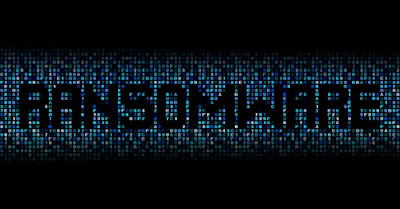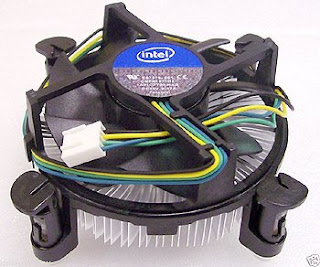LET’S TALK ABOUT HACKERS - PART 2
LET’S TALK ABOUT HACKERS - PART 2 Main Concept : A cracker or cracking is to "gain unauthorized access to a computer in order to commit another crime such as destroying information contained in that system" HACKING TECHNIQUES AND OTHERS: VULNERABILITY SCANNER : A vulnerability scanner is a tool used to quickly check computers on a network for known weaknesses. Hackers also commonly use port scanners. These check to see which ports on a specified computer are "open" or available to access the computer, and sometimes will detect what program or service is listening on that port, and its version number. FINDING VULNERABILITIES : Hackers may also attempt to find vulnerabilities manually. A common approach is to search for possible vulnerabilities in the code of the computer system then test them, sometimes reverse engineering the software if the code is not provided. BRUTE-FORCE ATTACK : Password guessing. This method is very fast when used to

